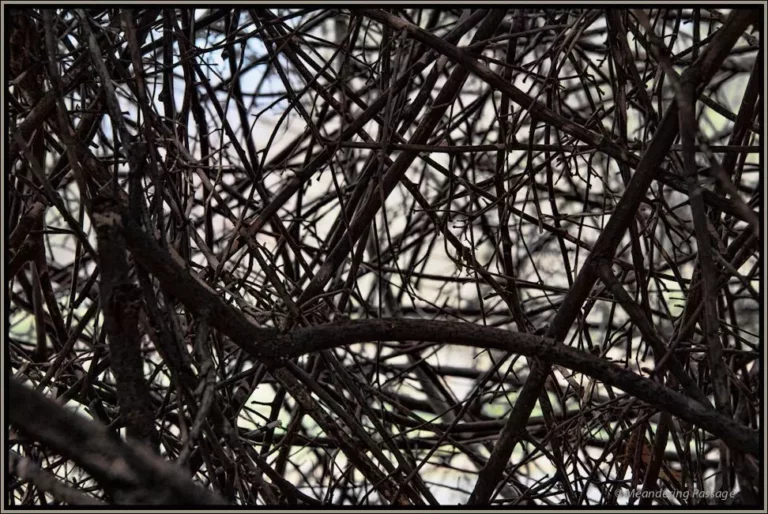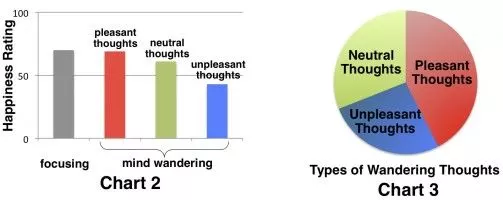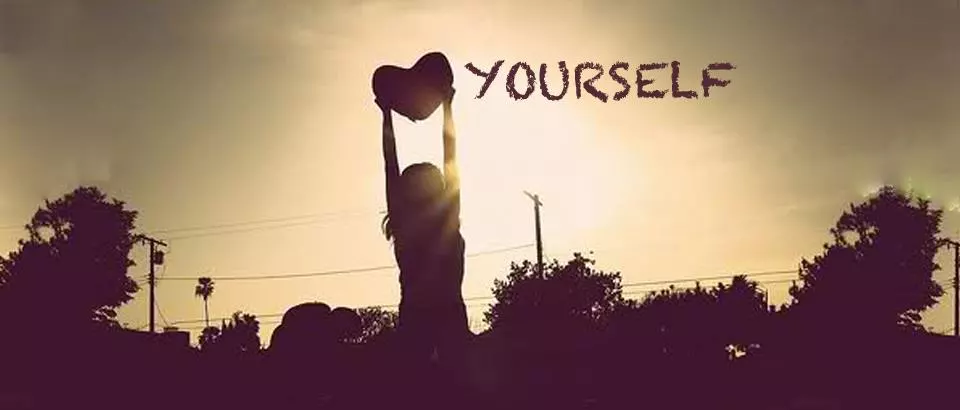“We have not even to risk the adventure alone; for the heroes of all time have gone before us; the labyrinth is fully known; we have only to follow the thread of the hero-path. And where we had thought to find an abomination, we shall find a god; where we had thought to slay another, we shall slay ourselves; where we had thought to travel outward, we shall come to the center of our own existence; where we had thought to be alone, we shall be with all the world.” ~ Joseph Campbell
The Prince was written by Machiavelli to show those in power how to hold onto their power. Self-inflicted Philosophy is being written to show those who are not in power how to empower themselves and then how to expiate that power.
It is a guide toward self-actualization and immanence using eco-centric strategies in an ego-centric world. It aids individuals in becoming individuated and reconditioning the precondition of culture in order to discover their own personal philosophy. Here are the seven arts of Self-inflicted Philosophy.
The Art of Self-interrogation
“If the path before you is clear, you’re probably on someone else’s.” ~ Joseph Campbell
This is where the philosophy gets its name. Striking out on our own path is no easy task. It requires ruthlessness and a unique flavor of rebellious courage that most people lack the capacity for. That’s why it is ‘self-inflicted’ and not self-discovered or self-empowered. The term “inflicted” has shock-value, just like “interrogation” does.
It has a ruthless undertone to it that propels us past our fears. And getting past our fears is the key toward discovering our authentic vocation. The one who has the courage to question everything –self, people, religion, God– this is the one who changes the world. This is the one who discovers their own philosophy.
Self-interrogation is, in a fundamental sense, a dialectic engagement with our Self about how to lead the best possible life. It is a self-inflicted philosopher’s guide through the screwtape of the Truth/Doubt dichotomy.
Healthy skepticism is an uncomfortable skill that nonetheless must be honed. We don’t hone it by yearning for an answer or settling for answers when they appear.
We hone it by yearning for more elegant questions and further questioning “answers” when they appear. In other words we interrogate the answer. We interrogate by questioning without the expectation of an answer.
We interrogate by surrendering ourselves to the question. What we must surrender is nothing less than our expectation of receiving an answer. It is through questions, not answers, that one becomes wise.
Like Einstein said, “The important thing is not to stop questioning.”
The Art of Fallibility
“Whatever you do will be insignificant, but it is very important that you do it.” ~ Gandhi
 This is the art where we learn how to come to terms with the fallibility of the human condition. The art of fallibility is critical in identifying the absurdity of the Self. Indeed, it reveals how the self has become a bureaucracy of hypocrisy.
This is the art where we learn how to come to terms with the fallibility of the human condition. The art of fallibility is critical in identifying the absurdity of the Self. Indeed, it reveals how the self has become a bureaucracy of hypocrisy.
But it’s also about finding a higher state of humility and a sacred humor that crushes any and all forms of despair that may arise. The art of fallibility is a double-edged sword. On the one side it teaches us about change, and reminds us that we can be wrong, and will more than likely be wrong in the future.
It reminds us to treat others with compassion, and instead of taking their fallibility and hypocrisy as a sign that they are stupid or evil, we can look at our own fallibility and hypocrisy and conclude that they are, like us, only human.
The other side of the sword is just as sharp. It teaches us about the power of sacred humor, despite our inherent fallibility. Through the tragicomic path of the sacred clown, it reveals how humor can trump all self-serious states and petty emotions.
Humor teaches us how to accept that all things are impermanent, and that it’s okay to laugh at our irrational need for permanence. Indeed, a good sense of humor is the only thing, other than love, that can get us through the existential pressure of impermanence.
A good sense of humor relieves us of the tension inherent with being a fallible being vainly attempting to perceive a reality that is intrinsically imperceptible.
Mark Twain said it best: “Humor must not professedly teach and it must not professedly preach, but it must do both if it would live forever.”
The Art of Rebellion
“The only war that matters is the war against imagination. All other wars are subsumed by it.” ~ Diane Di Prima
This is the art of trial and error, the path of sublimation, where we learn how to bring beauty and meaning to the world in the hopes that moral philosophies will follow. Here we learn how to become catalysts of the first order, tiny sparks that have the potential to create a roaring fire.
The art of rebellion teaches us how to be autonomous gadflies and self-proficient artists in order to “disturb the comfortable and comfort the disturbed.” Here we learn how art can wake us up from our doldrums, sublimate our fears, and make us come alive.
We learn how to become rebellious artists, dissenting poets, apocalyptic musicians, and mutineer magicians.
Like Picasso said, “Learn the rules like a pro, so you can break them like an artist.”
Indeed, rules don’t apply to people brave enough to break them and smart enough to escape the tyrants who made them.
Like Jose Marti said, “For what man who is master of himself does not laugh at a king?”
We learn how to become catalysts who indirectly teach others about the numinous: a force that sometimes emanates from nature and certain works of art. The kind of art that leaves us in awe before the mysterium tremendum et fascinans (the awe-inspiring, mesmerizing mystery).
We learn how to harness this force in order to mock the establishment, humble the powers-that-be, and create real world change through aesthetic chaos.
A rebellious artist declares to the world, “I’m not creating anarchy, I’m creating art. Anarchy is simply a side-effect of my art. I’m not creating revolution, I’m creating love. Revolution is simply a side-effect of my love.”

The Art of Progressive Sustainability
“Nature has neither core nor skin: she’s both at once outside and in.” ~ Johann Wolfgang von Goethe
The concept of sustainability has two almost opposite and contradictory meanings: to provide for in equilibrium, and to prevent change.
Progressive sustainability rejects the latter and embraces the former, by showing us how to get back in balance with nature while accepting that change is inevitable and even necessary for our survival as a species. And this might mean, paraphrasing Isaac Asimov, “Never letting your sense of morals get in the way of doing what’s right.”
Here we learn the secret to the paradox of right and wrong through the cosmic voice of Immutable Law spoken through a language older than words, “Notions of right & wrong should be derived from the natural dictation of healthy & unhealthy lest they be muddled by the human opinion of good & evil.”
Like Nietzsche surmised, “Listen rather, my brothers, to the voice of the healthy body: this is a purer voice and a more honest one. And it speaks of the meaning of the earth.”
In this art we learn about holistic moderation, and the repudiation of unsustainable paradigms for the synergy of sustainable ones. Most importantly, we learn how to become ecocentric and interdependent (spiritus mundi), rather than egocentric and independent.
This requires a kind of spiritual insurrection; a touch of soulcraft that launches us out of the outdated and parochial worldview, that focuses on material wealth, and into the updated broad-minded zeitgeist that focuses on holistic wealth.
The art of progressive sustainability teaches us how to be the walking personification of the Gaia principle: eco-conscious instead of ego-unconscious, proactive instead of inert, moderate instead of greedy.
It teaches us what Gandhi knew to be true: that “the earth provides enough to satisfy every man’s needs, but not every man’s greed.”
The Art of Illusions
“Reality is an illusion, albeit a persistent one.” ~ Albert Einstein
This is where we learn about Immanuel Kant’s noumenal (actual reality) and phenomenal (perceptual reality), and how the seeming “paradox” in the universe is only due to the fallibility of conscious observation. This is because we are attempting to perceive an infinite reality using finite faculties, and so paradox is inevitable.
Blaise Pascal said it best, “Man is equally incapable of seeing the nothingness from which he emerges as the infinity in which he is engulfed.”
We discover that it is actually our finite-bias –that is, our bias to things having a beginning and an ending– that creates the phenomenon of perceptual reality. Since we cannot grasp the inherent infinite nature of reality, our finite-bias creates a sub-reality that we call “reality.” It’s an illusion, sure, but like Einstein said, it’s a persistent one.
This art is also about how we come to terms with the fact that reality is an illusion. If, as Richard Feynman said, “Science is what we have learned about how to keep from fooling ourselves” then it behooves us to use science to come to terms with the illusion of reality, lest we become disillusioned.
From quantum mechanics to fractal cosmology, from Zeno’s paradox to Schrodinger’s equation, from quantum entanglement to Everett’s many worlds theory; the art of illusions teaches us how to become robust Infinite Players as opposed to fragile Finite Players (James P. Carse).
We learn how to transform boundaries into horizons, understanding, as Carse did, that, “a boundary is a phenomenon of opposition, whereas a horizon is a phenomenon of vision.”
We learn how to adapt and overcome to the trial and error of applying the scientific method to reality, and discover a spiritual flexibility as a result, leaving us constantly in awe and in love with the many vicissitudes of life.
The Art of Individuation
 “To be or not to be’ is not the question — because you can’t have one without the other. Not-being implies being; just as being implies not-being. The existentialist in the West — who still trembles at the choice between being and not-being and therefore says that anxiety is ontological — hasn’t grasped this point yet. When the existentialist who trembles with anxiety before this choice realizes suddenly one day that not-being implies being, the trembling of anxiety turns into the shaking of laughter.” ~ Alan Watts
“To be or not to be’ is not the question — because you can’t have one without the other. Not-being implies being; just as being implies not-being. The existentialist in the West — who still trembles at the choice between being and not-being and therefore says that anxiety is ontological — hasn’t grasped this point yet. When the existentialist who trembles with anxiety before this choice realizes suddenly one day that not-being implies being, the trembling of anxiety turns into the shaking of laughter.” ~ Alan Watts
This is where we learn the cycle of the new-layman: a cycle of mastery that begins with the laymen, followed by the acolyte, the adept, the master and then circling back around to the new-layman, thus completing the cycle.
This constant adjustment to “beginner’s mind” creates a perpetual recycling of mastery that has the potential to become enlightenment. Of course, it’s also here where we learn how enlightenment should always be a journey and never a destination.
It is a constant shining light on the horizon. We don’t become the light by reaching it; we become the light by reaching for it. It shines exactly because we’re striving for it. If we should ever “reach” the light, it is a false light and must be discarded, (vis-à-vis, If you meet the Buddha on the road, kill him).
This art also teaches us how to use the ego as a tool toward soulful transformation; more specifically, a transformation of the emotions that makeup the human condition. We learn how to transform anger into strength, fear into courage, pain into knowledge, and jealousy into compersion.
We learn how the nihilism that arises from an inherently meaningless universe must be countered by the courage to bring meaning to that meaninglessness.
Like Soren Kierkegaard said, “He who is educated by dread is educated by possibility.”
Ultimately we learn how to leverage our ego into a perpetual self-overcoming, resulting in the individuation of the ego and the self-actualization of the soul.
The Art of Immanence
“God emptied to the limit is man, and man emptied to the limit is God.” ~ Alan Watts
This is the art of hero-expiation and the reparation of power, where we learn self-humility, through the ultimate realization that everything is fundamentally interconnected. We learn how to be superlatively interdependent, embracing the soul-world dynamic.
We are all at once god and worm, sky and earth, micro and macro, yin and yang, life and death. We learn about sacred creativity: the expenditure of the life force through the creation of art, and how it is only through the creative process that we truly live, and, by contrast, discover a “good death.”
Indeed, it is only by discovering our authentic vocation, our own philosophy, and then gifting that philosophy back to the world that we might live forever. Between birth and death there is the cultural hero, who either actualizes his/her heroism or does not.
Those that do actualize it, become what Ernest Becker referred to as “Cosmic Heroes.” Those who do not actualize it, become subsumed by their culture, and become merely an idealistic interlude.
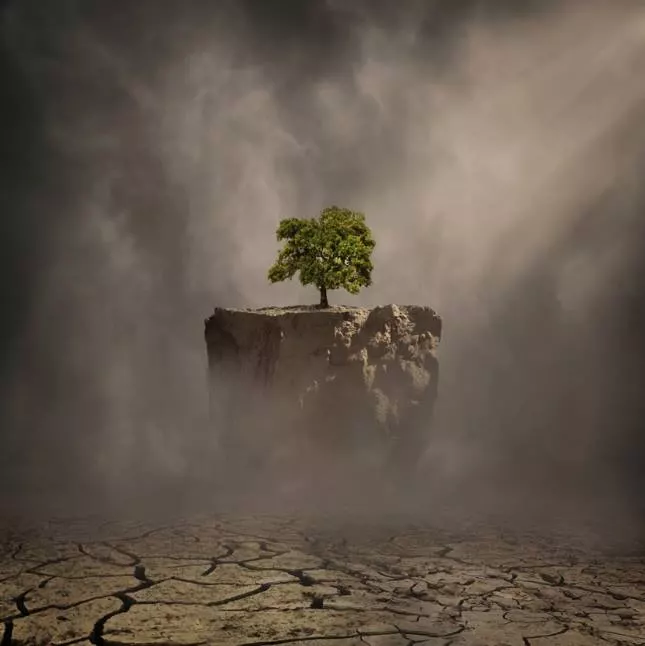
The path toward cosmic heroism is a path of unburdening. It is made up of seven layers of deconditioning: the stripping of cultural armor, social armor, personal armor, existential armor, narcissistic armor, death armor, and finally, rebirth. What arises from this unfolding cocoon of self is a self-actualized being: the cosmic self, the immanent self, the Cosmic Hero.
As Cosmic Hero, we learn how to become a cocoon for others: a combination of both destructive and constructive forces contained within an arena of higher learning where the sacred dance, the push-pull between master and student, takes place.
We also learn how to live “intensively” rather than “extensively” (Kierkegaard’s Rotation Method), by living intensely in the moment rather than just expecting the next moment to arise. Ultimately, we learn how to dig up of the fertilized soil of “the old” in order to plant the seeds of “the new,” so that cosmic heroism may perpetuate itself throughout, and perhaps even beyond, the human leitmotif.
Images Source:
Pencil Sketch
Smoke face
Paint face
Lean Wolf
Sacred ecology
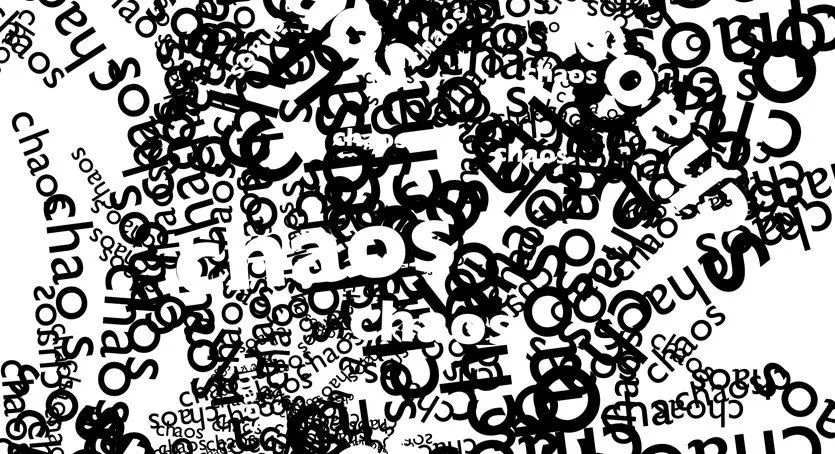
 2) Embrace it. Don’t fight it!
2) Embrace it. Don’t fight it!
